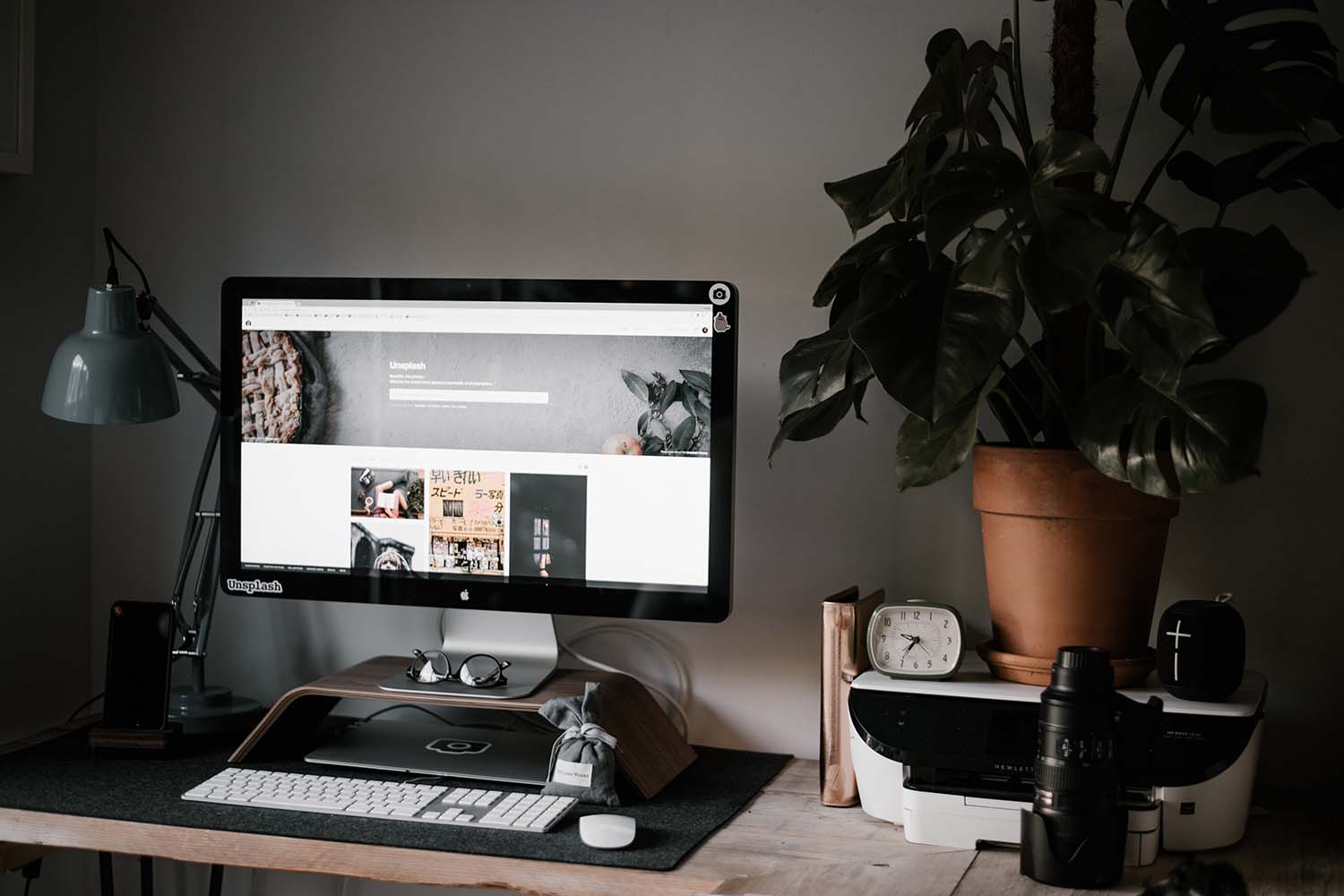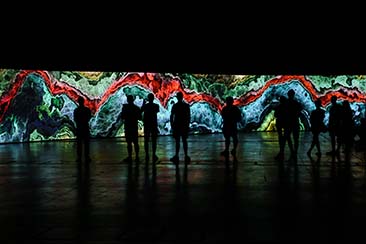Digital marketing can be a distraction when focussing on inspirational design, yet most of its strategies heavily depend on visual media. So how is it that so many creative minds fail to attract website visitors? When you browse through the articles on these pages, one thing is very clear: visual media and beautiful content attract the eye. But while every one of these posts earns its own well-deserved dose of interested visitors, these viewers and readers are limited to those that use this site.

Photo, Campaign Creators.
Art and design require an eye for the unusual, high levels of skill and creativity, and the ability to merge or defy past and present trends. For the sort of readers this site attracts, curiosity is instilled with stunning photography and a tickle of what is to come before the ‘…’; a relatively easy marketing concept. When we use this strategy on other websites, platforms, or apps, the effect of imagery and snippet is less obvious.
Very few of us have the luxury of artistic creativity without financial gain. For many, focussing on finances can seriously affect creativity levels. Many art- and design-driven businesses pass on the task of marketing to third parties. Why? It is a distraction that artistic minds can do without. Often, an artist’s contribution is limited to website design in a purely visual sense, and perhaps the upkeep of a social media profile or a blog. This is rarely enough to encourage high numbers of website visitors, no matter how extraordinary your work.
Artists and SEO: Search engine optimisation (SEO) trends in 2020 benefit artistic communities. This is because all marketing has become intensely visual. Tagging the alt tags of your photographs and adding them to Google images needs only basic marketing knowledge, as well as a mild affinity with keyword selection. However, in this unparalleled competitive decade, a single marketing strategy is never enough. In order to place your works and/or your business high on the search engine results page, you need more than basic marketing knowledge. Whatever any blog or article tells you, successful SEO is far from simple. If it becomes too difficult consider hiring an SEO agency like Sure Oak. They can help identify your goals and customize a strategy that fit your needs.
In 2020 and beyond, you also need to know how to rank in voice searches thanks to the popularity of smart speakers. Your content must be regularly updated and repurposed to match public-driven trends. Social media presence must be optimised and personalised. And as for technical SEO, your digital presence must be well-constructed, secure, and responsive. SEO is not dead, it changes in degrees from year to year. It is just as vital as it was a decade ago and, if people are still searching online in 2040, will still be vital for the next twenty years.
SEO strategies take time, just like word-of-mouth advertising. The more that people become acquainted with your name, brand, or style, the more likely they are to visit your website and the better your ranking. The most recent Google algorithms reward quality and user satisfaction by placing you higher on the search results pages; this trend will continue next year.
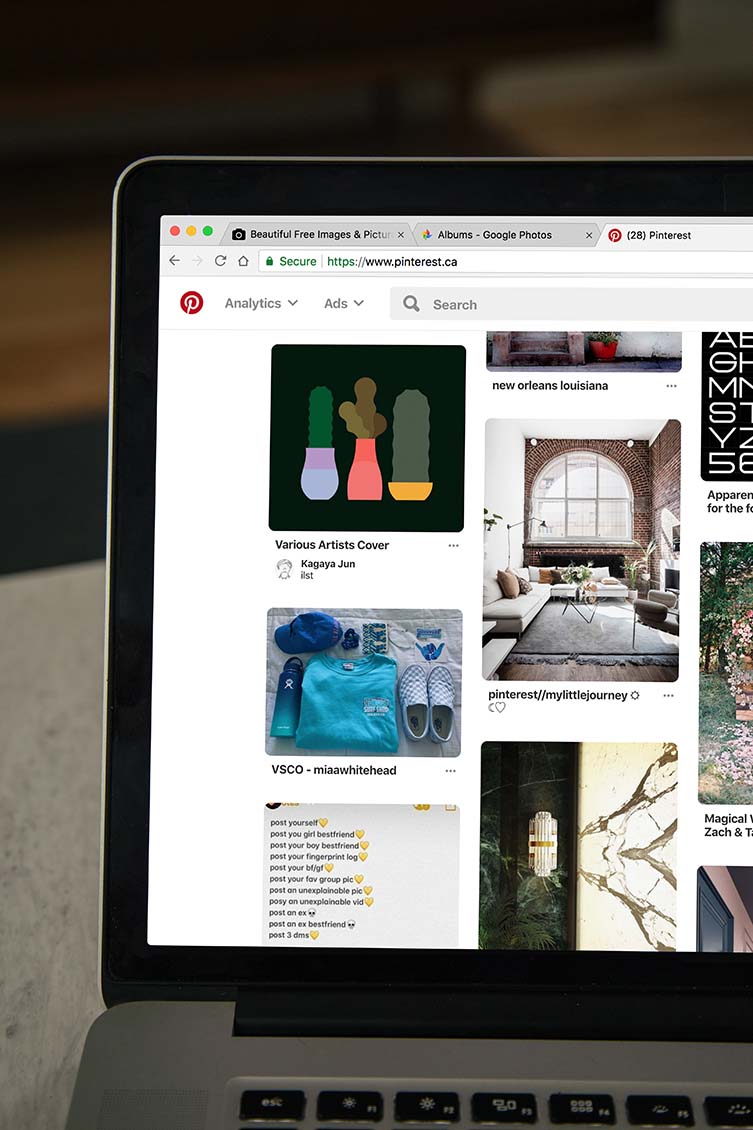
Photo, Roberto Cortese.
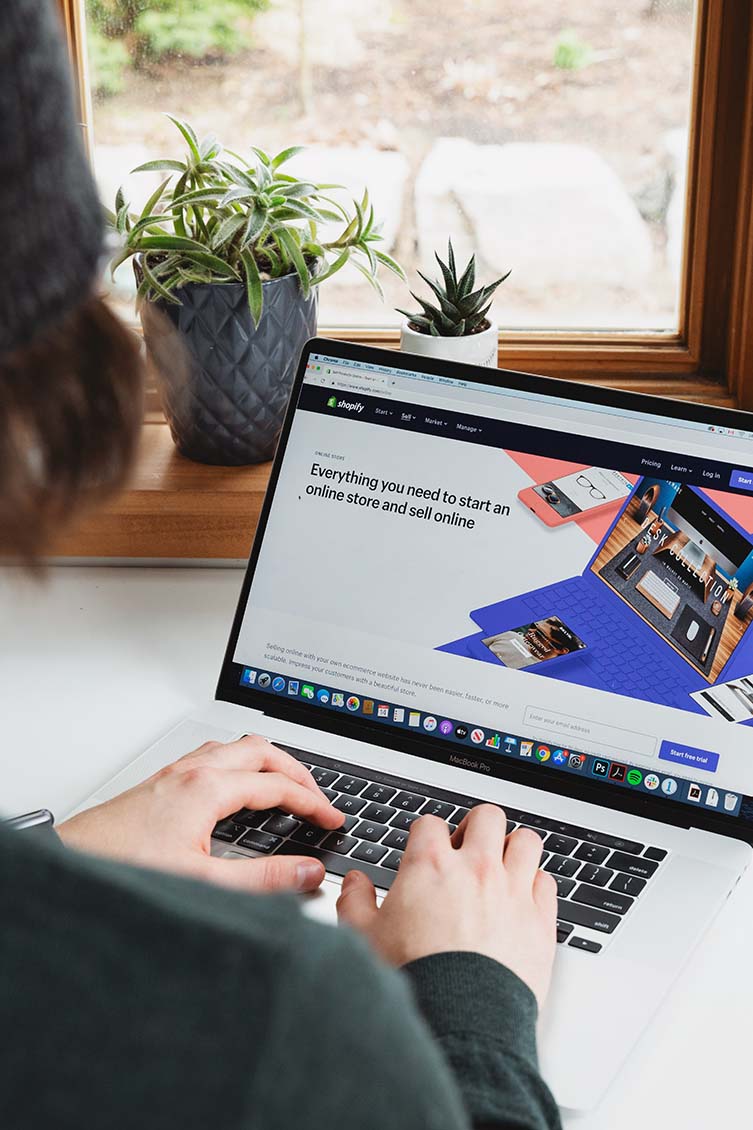
Photo, Charles Deluvio.
Creative Marketplaces: Thanks to niche marketplaces, creative hands have the opportunity to exhibit to millions. Fine Art America, for example, attracts approximately 125,000 visitors every day; the majority of these non-members. Etsy reported over 45 million buyers (not visitors, buyers) in 2019 alone. However, such high numbers are attracted by similarly high numbers of sellers.
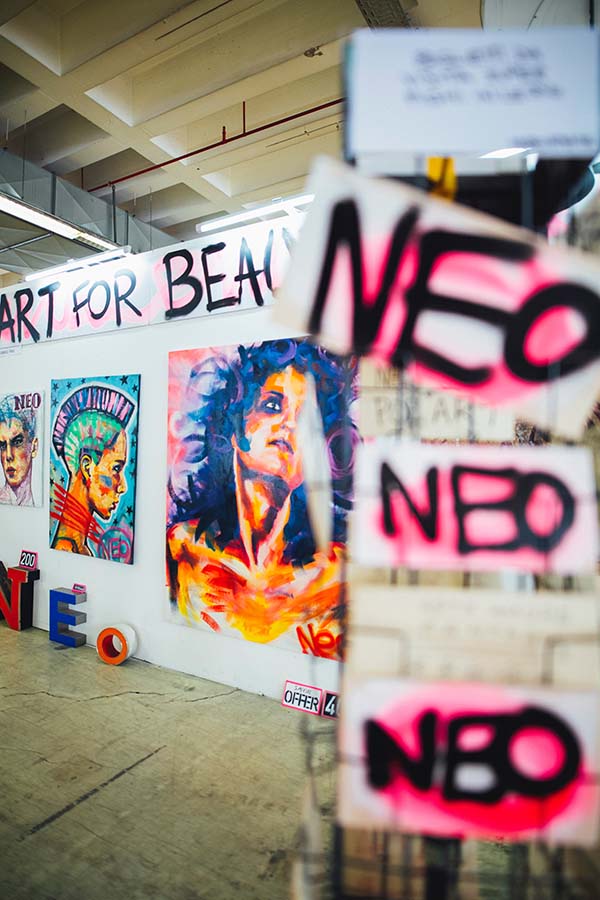
Photo, Markus Spiske.
Surrounded by so much competition, no artist can solely rely on the quality of his or her work. Just as with SEO, the power of visual imagery depends on the right alt tags and keywords and on your marketing knowledge and/or marketing investment. These tactics are usually combined with the age-old and effective strategy of word-of-mouth and physical stores and galleries.
Best Marketing Strategies for Creative Minds: Art marketing must be attractive or thought-provoking or both. Any art-related website also requires a high degree of user-friendliness. If your stunning HD imagery takes too long to load, very few visitors will be prepared to wait to see the result. Your choice of website hosting service and site design should provide a continuous, rapid, and uncluttered visual feast for visitors on all devices. This is the foundation of your marketing plan. There is no point inviting people to a low-quality website.
To Target or Not to target? We often limit our public to those that express an interest. Most businesses only advertise to carefully-researched niche markets and concentrate on people who have already shown curiosity for or enjoyment in a particular product or service. When it comes to artistic products, one should be careful of placing such strict limits. What homes and businesses do not display at least one form of art? From cave-paintings to 3D printing, humans hanker for visual stimuli. Target groups for art should be far broader than average.
Never Ignore the Local Market: It is tempting to concentrate on global outreach rather than just outside the front door. Yet every creative mind should ensure that word-of-mouth or rather eye-to-word-of-mouth also occurs close to home. Local galleries and flea markets are significant sources of spontaneous buys, as are regional classified ads. Larger pieces and fragile items may be harder to sell within the global market; one reason why so many large canvas painters opt to sell easy-to-roll prints and smaller items (like mugs and calendars) on global concerns such as Fine Art America.
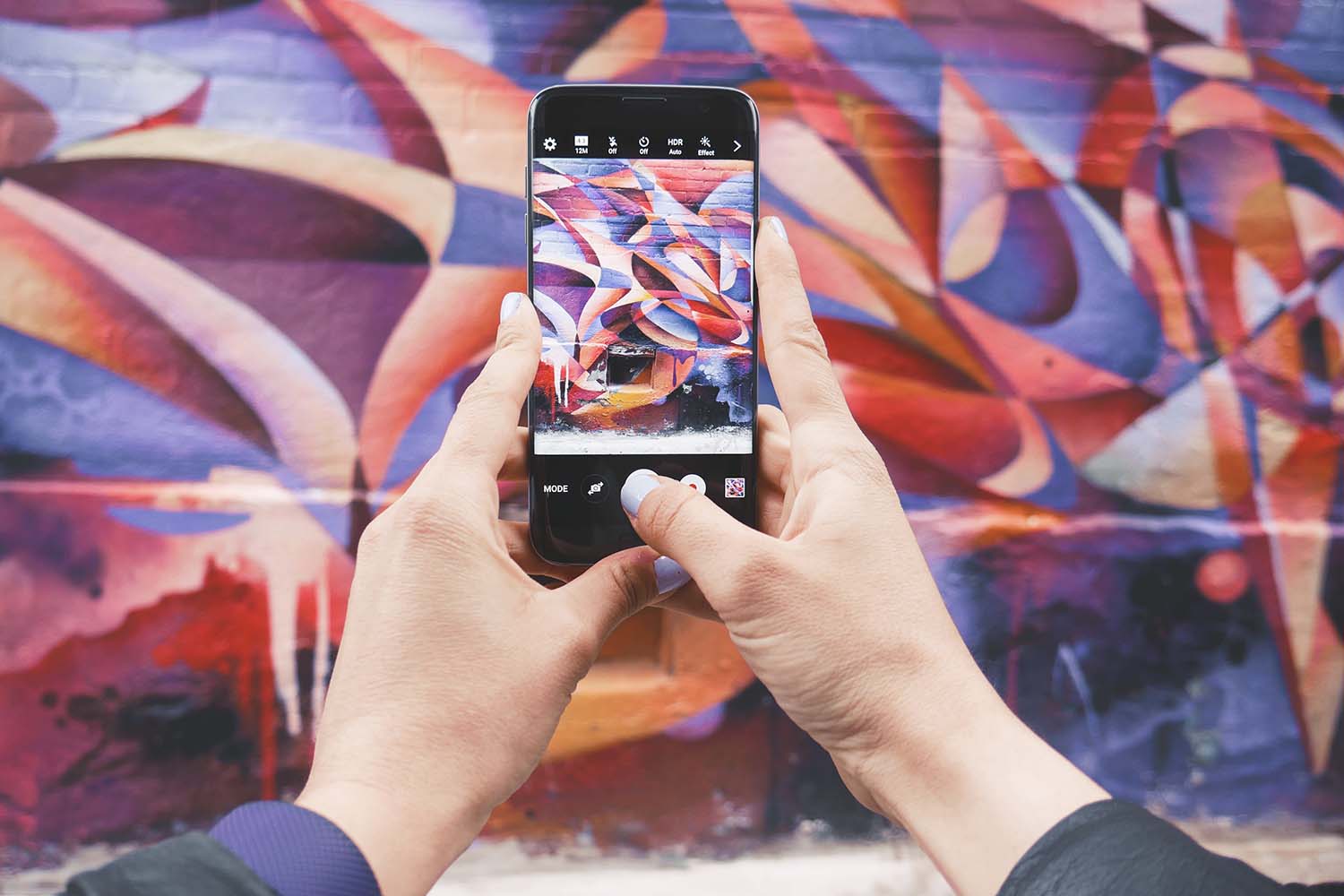
Photo, Patrick Tomasso.
Essential in 2020, Social Media Groups: Even though social media primarily depends on visual display, many creative sellers tend to concentrate on a single platform such as Instagram; this is a marketing deadly sin. Lesser-known or non-implemented platforms such as Tumblr, VKonakte (Russian), Mix (formerly StumbleUpon), Skyrock (France), Ravelry (for fibre arts), and DeviantArt are perfect for showing off and selling artwork. They specialise in visual content.

Photo, Georgia de Lotz.
Social media marketing management can take up significant time. However, a longer list of platforms extensively broadens your borders. You can also use this channel to link to your website or social media posts on other platforms, as well as to source worthy influencers.
Artistic Influencers: An authoritative influencer is the online equivalent of a gallery owner displaying your work. Websites such as Tomoson can help you to find the right ones. Never ignore micro influencers with a maximum of 100,000 followers; these usually deal in niches that might perfectly suit your particular style. Micro Influencers also offer an opportunity to see which smaller groups show the most appreciation for your work and where to concentrate your advertising budget or campaigns.
Slow Traffic versus Fast Traffic: All of the above strategies—in fact, practically every marketing strategy—takes time. Slow traffic is primarily organic traffic, steadily growing over months to years and fluctuating according to taste, trends, economic factors, and even the weather. Even so, the curve generally rises in response to each marketing campaign. Reviews concerning your personal style are subjective and, on the whole, negative comments will have very little effect. This is not the case for website user-friendliness and customer services where bad reviews are likely to prevent several prospective sales.
Slow and steady is generally good but can be frustrating. There is only one quick-fire method to suddenly boost visitor numbers. This is taking the decision to buy website traffic. Even the term may put some readers off. Buying visitors seems to have earned negative connotations, usually due to less reputable traffic providers sending non-human bot traffic (a useless service in terms of brand awareness and SEO). However, purchasing human visitors in combination with slower strategies provides both short- and long-term positive effects.
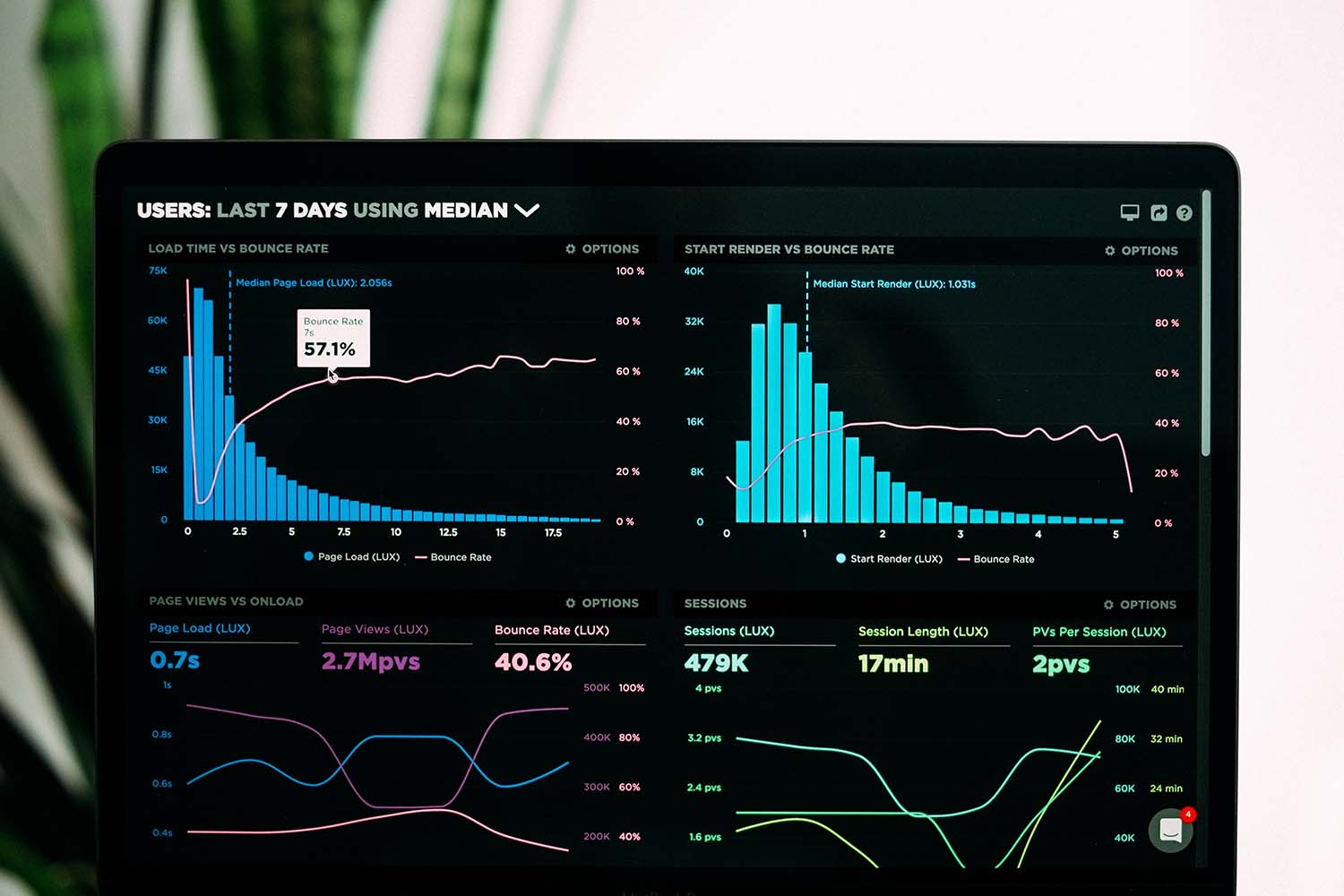
Photo, Luke Chesser.
Ordering thousands of real visitors to land on your site over the course of a few days to a few months (so as not to overload the domain address) increases public awareness of your work. Furthermore, in the art sector a quick glance is often enough to convince a visitor to stay. And as search engines also reward website popularity, paid traffic can have long-term, positive effects on SEO strategies.
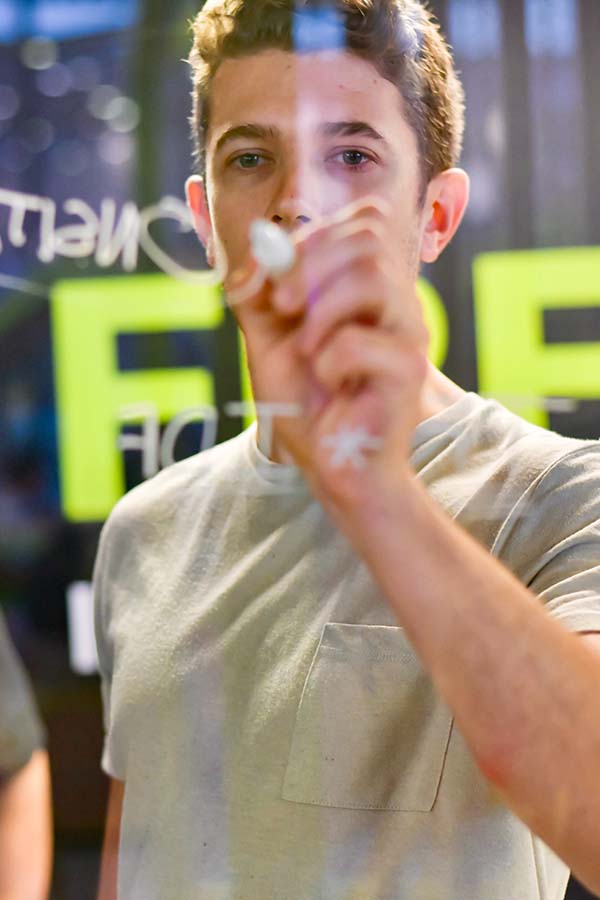
Photo, Diggity Marketing.
Web traffic Experts and ultimateWebTraffic.com both offer web traffic for sale plans that provide anywhere between 5,000 and 400,000 to 500,000 unique, human visitors. These visits are spread over a specified time (up to 90 days) according to what you select on the order form. Not only can you select visitors from targeted countries, you are also given the opportunity to pick from various visitor niches, spanning the Arts to Web Design.
Cumulative Effects of Art Marketing Strategies: Mixing fast and slow traffic-boosting strategies means each becomes a cumulative factor. For example, the combination of social media posts with Instagram, Facebook, and DeviantArt SEO and paid targeted website traffic; paid traffic is selected from a social networking niche. This mix of fresh content in your posts, SEO to increase visibility both on the social media platform and outside, and paid visitors from a broad target group has many benefits.
First, you pay for numbers that no organic campaign can produce within a similar timescale. These thousands visit throughout the course of your campaign and are, due to their niche, more likely to respond to social media posts. Website visibility increases via this highly visual channel. In turn, your chosen search engine(s) note that your website has risen steeply (but not unbelievably or suspiciously steeply) in popularity; they push the site higher up in the search results. It is now more likely that people using your keywords in their searches will come across your site address.
The success of your e-commerce depends first upon the senses of an individual and second upon your dedication to or investment in outreach. No marketing expert will implement a single strategy on a single channel for the promotion of a business. The same should apply to selling art where the combination of multiple short- and long-term tools is essential. In the creative sector, tools and strategies are best focussed on giving broad, high-volume groups of real people the opportunity to view your work on as many visually-based media channels as possible.
